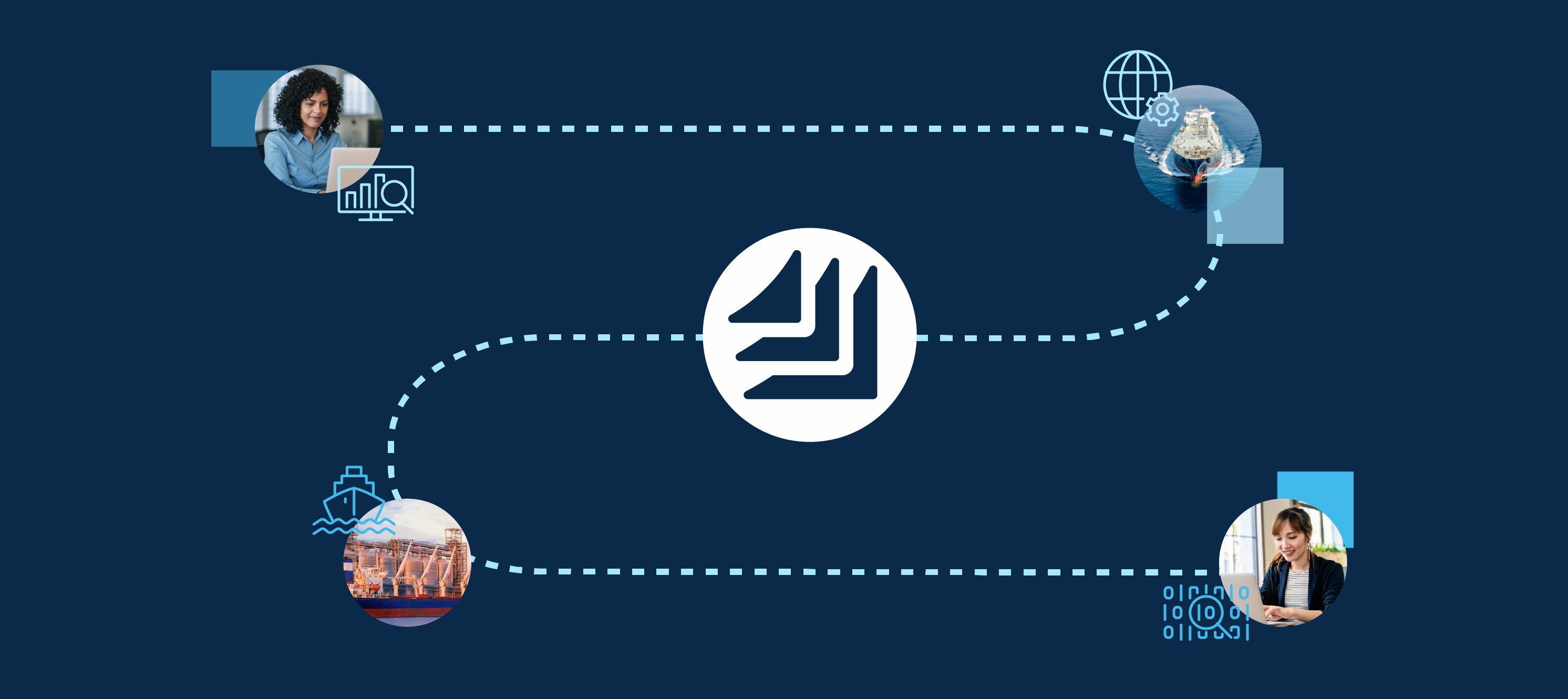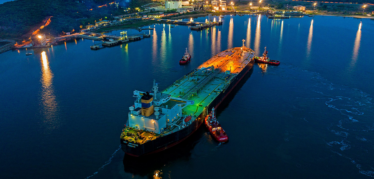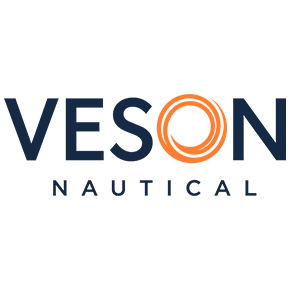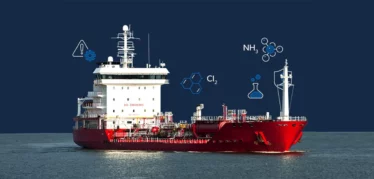The success of any commercial maritime shipping business relies on the coordinated flow of timely and accurate information. Through a comprehensive suite of solutions, the Veson IMOS Platform infuses the commercial shipping workflow with continuity and insight across stages, systems, and stakeholders.
Let’s take a closer look at what a commercial maritime shipping workflow looks like, powered by IMOS.
Stage 1: Pre-Fixture, Before the Voyage Begins
Before a fixture is made, Freight Traders and Charterers are focused on identifying the best possible opportunities, optimizing fleet utilization, originating voyage contracts, and keeping other stakeholders informed as each fixture moves forward. Working within IMOS, Chartering benefits from:
- A real-time view of open vessels and cargoes based on accurate operational data from within the platform and market opportunities.
- Advanced scenario testing to compare different vessel and cargo options in stride, then commit to a fixture without ever leaving IMOS.
- Standardized voyage fields and alerts to ensure operations has a complete view of contractual details as soon as a fixture is made.
- Automated freight and bunker calculations to evaluate the projected profitability of each voyage, inclusive of current market rates.
- A carbon calculator to estimate and project CO2 emissions and their requisite expenses for each estimate.
- A linked exposure management workspace to assess each fixture’s impact on the business’ freight, bunker, and carbon positions against overall exposure and to benchmark the success of contractual agreements.
- A dynamic scheduling workspace that integrates relevant data and considers every possible scenario to collaboratively generate best-case schedules.
Stage 2: At Sea, as the Voyage Progresses
During the voyage, the focus shifts to managing the journey, fulfilling the contract, and safeguarding profitability every step of the way. Working within IMOS, Voyage Management benefits from:
- An evolving P&L that updates over the course of each voyage to provide a true understanding of profitability and to identify opportunities for improvement.
- Market-linked insights that enable key stakeholders to assess mark-to-market (MTM) performance and proactively manage exposure.
- Customizable voyage forms that provide enhanced visibility into changing ETAs and events at sea, Bunker ROB’s, weather factors and customizable fields.
- Dynamic bunker procurement capabilities that support improved workflow efficiency, confident negotiation, and controlled fuel costs. Read our blog, 4 Steps for Early Success in Managing Maritime EU ETS Expenses, to learn how to better manage regulatory costs.
- Centralized tools for communication and collaboration, ensuring chartering stakeholders and counterparties always remain up to date.
- Bunker Stem planning and expanded fuel types to accurately manage the impact of receiving bunkers during a voyage.
Stage 3: At Port, During Discharge
Once the vessel arrives at the port, maritime shipping organizations are focused on ensuring port call activities go smoothly and proactively plan for the next voyage. Working within IMOS, Discharge and Voyage benefits from:
- Full visibility into port call activities and their associated impact on voyage and organizational profitability.
- Up-to-date operational data that enables the chartering function to plan for the vessel’s next voyage.
- Streamlined accounting workflows that provide a clear view into expenses needed to begin the reconciliation process. IMOS seamlessly integrates with leading Port Disbursement Hub Agents and brings together PDA and FDA details, allowing teams to generate accurate P&Ls with minimal human intervention.
- Create and track laytime calculations in a centralized claims management workspace, pulling directly from port activities and contract details to help calculate and support negotiations for demurrage, despatch, and claims.
- Cross-system integrations and intuitive reports that eliminate duplicate data entry, helping stakeholders stay informed.
Stage 4: Within the Organization, Post-Voyage
After a voyage concludes, maritime shipping organizations focus on streamlining accounting workflows, assessing voyage performance, and identifying opportunities to improve. Working within IMOS, Post-Voyage Accounting and Analysis benefits from:
- Automated invoicing to eliminate time-consuming accounting processes and manual data entry.
- A full voyage accounting module to capture your company chart of accounts. This is set up during the implementation process, enabling IMOS to track at the General Ledger level for Accounts Receivable and Accounts Payable.
- A fully connected solution that simplifies the month-end closing accruals process, adding much-valued accuracy and time savings.
- Seamless integrations with ERPs and corporate accounting software to maintain full continuity.
- Comprehensive reporting around voyage performance, inclusive of paper trades and hedges, to provide visibility and facilitate proof of regulatory compliance.
- Actionable metrics spanning key functions to empower continuous improvement.
- Allocate emissions to different charterers based on cargo, per Sea Cargo Charter guidelines.
Stage 5: Exposure Management Throughout the Voyage
In today’s volatile market, it’s critical for Trading Desks and Risk Managers to have consistent visibility into daily position, exposure, and both realized and unrealized P&L throughout the course of a voyage. Working within IMOS Trading & Risk, Exposure Management benefits from:
- Informed hedging decisions based on contract commitments and actualized data.
- Automation of complex mark-to-market calculations and testing of “what if” scenarios.
- Consider both physical and paper contracts when assessing voyage results.
- Robust analyses on exposure to measure performance and shape strategic action.
- Manage and mitigate freight fuel and carbon risk from anywhere in the world.
- View a dynamically shifting exposure P&L from unrealized and realized physical and paper contracts.
- Realize contract exposures given real-time events and according to bespoke realization rules between teams.
Ready to discover the power of dynamic commercial maritime workflows?
Through our comprehensive suite of solutions, the IMOS Platform delivers the robust capabilities that key stakeholders require to modernize operations while maintaining continuity across the entire organization.
Would you like to see any of these solutions in action? We invite you to join our upcoming webinar for a marathon-style exploration of IMOS, where you can either follow along for the full journey or jump in for specific workflow segments. Registration for The IMOS Voyage Lifecycle webinar is now open – we look forward to seeing you there!



 Chris Aversano
Chris Aversano
 Veson Nautical
Veson Nautical
